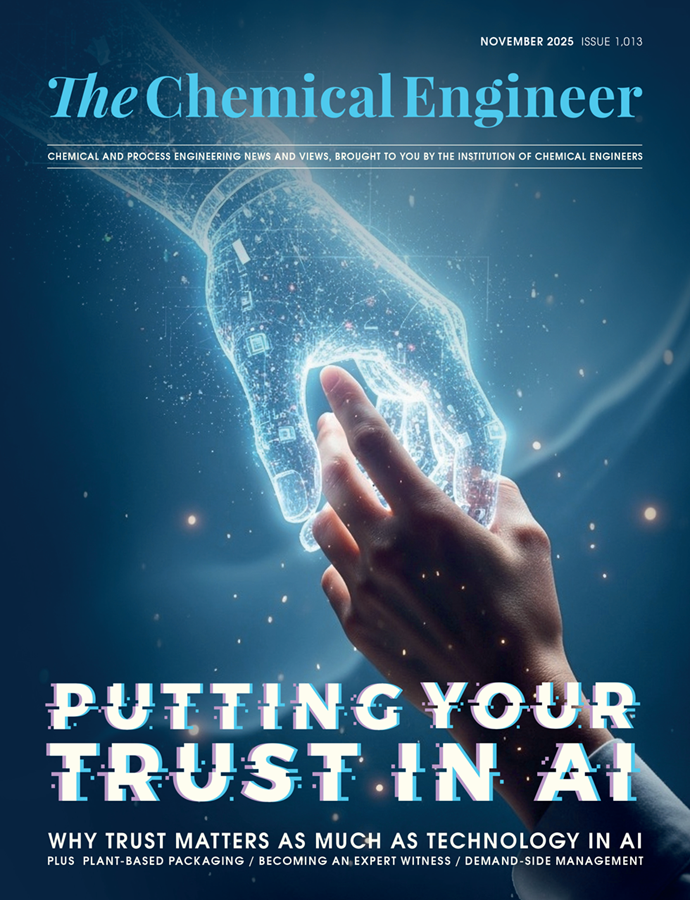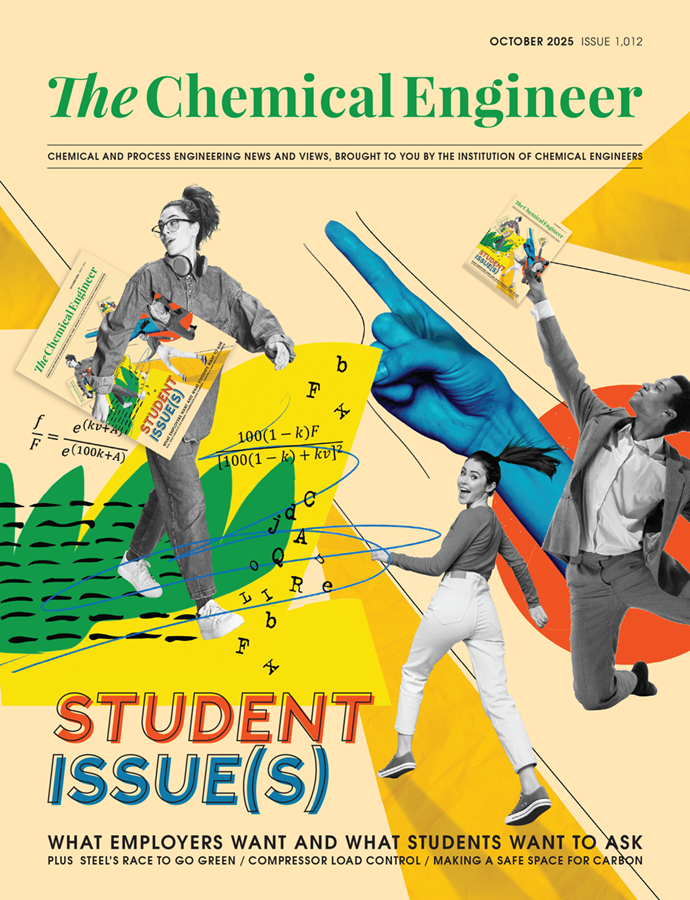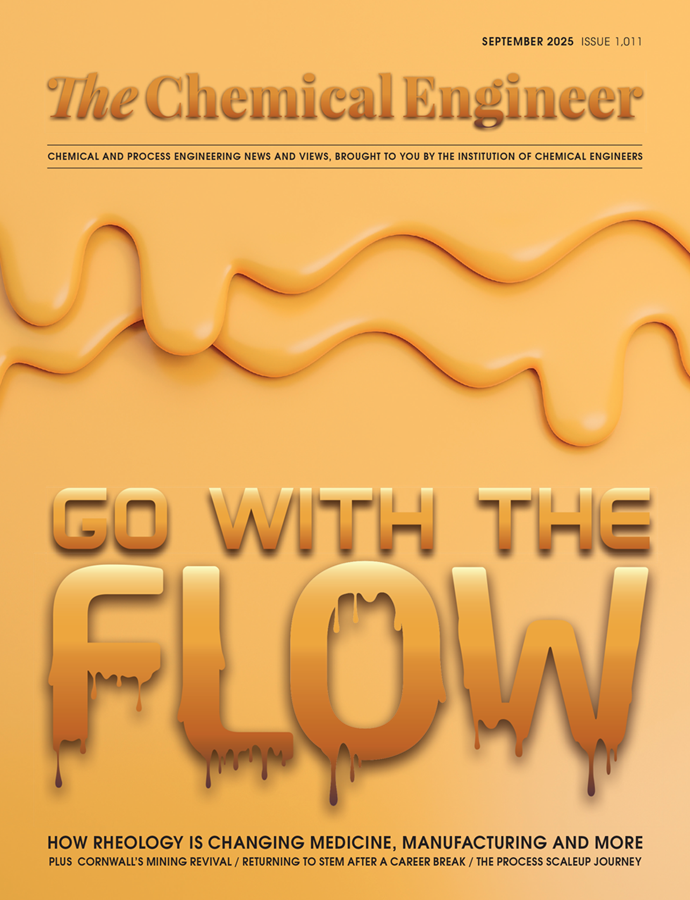Scientists disrupted by Iberian blackout pitch ten principles for chemistry resilience

Resilience is not a constraint but an opportunity to redesign systems, say researchers
WHAT do you do when a severe blackout throws your scientific conference (and the whole Iberian peninsula) into turmoil? You use the experience to write a research paper about the ten principles needed for chemicals and chemistry resilience, of course.
“Ensuring resilience requires a combination of chemistry and process engineering,” says Martyn Poliakoff, chemistry professor at Nottingham University who has co-authored the paper along with the students who organised the disrupted conference. “We need chemists and engineers not only to work together but also to have a real dialogue to develop the new thinking to turn the vision of resilience into reality.”
The Portuguese Young Chemists Meeting in Faro on 28 April had to be abandoned as a power cut across Portugal and Spain, lasting for more than ten hours in some areas, threw everyday life into chaos. Without power, traffic lights went out, snarling up roads. People in Madrid were trapped in the city’s subway. Food couldn’t be bought because ATMs and electronic card payment systems had gone dark. Fuel pumps were inoperable. People were stranded and unable to buy essential goods.
The power cuts spread disruption through industry and research too. Across the peninsula, chemicals manufacturing shut down, sensitive experiments at laboratories were interrupted and costly research infrastructure and ongoing reactions were compromised.
For the scientists assembled in Faro, the event posed an urgent and previously underexplored question: in the push for greater sustainability can an increasingly electrified and decentralised chemicals enterprise also be resilient?
This article is adapted from an earlier online version.
Recent Editions
Catch up on the latest news, views and jobs from The Chemical Engineer. Below are the four latest issues. View a wider selection of the archive from within the Magazine section of this site.




